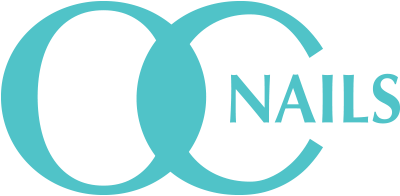The Science of Gels March 14 2011, 0 Comments
What’s really going on when your client puts her hand in the nail lamp? We explain what gel is made of and why it works so well.

UV v. LED
There can be many differences between UV and LED gels, but the big difference is in the photoinitiators. Certain photoinitiators are used for UV LED gels, while the photoinitiators used for traditional UV gels are different.
“UV” stands for “ultraviolet,” which is a wavelength beyond what human eyes can see. On the electro-magnetic spectrum, it’s roughly between 100 nm. and 400 nm. (The violet light you see inside your gel light is the farthest color on the light spectrum human eyes can see; human eyes can’t see the ultraviolet wavelength that’s actually curing the gel.) UV gel lamps use bulbs that are compact fluorescents (known as “CFLs” or compact fluorescent lamps).
The wavelength on LED gel lights is much narrower than that of the UV/compact fluorescent lights. This narrow wavelength emits the right amount of the specific UV-A wavelength that’s needed to cure LED-curable gels, which is why LED-curable gels cure faster in LED lights than in UV/CFL gel lights.
As most UV gels require the use of 350 nm. to cure, most UV lamps emit a wavelength ranging from roughly 320 to 400 nm. But an LED manufacturer that uses an LED gel that is rated for 375 nm. will use bulbs that emit from only 370 to 380 nm. “LED” stands for “light emitting diode,” which refers to the type of bulb an LED gel lamp uses.
Most of the ultraviolet light emitted by gel lamps (whether they’re marketed as UV lamps or UV-LED lamps) is Ultraviolet-A (UV-A), which is safer for humans than Ultraviolet-B (UV-B). The bulbs used in UV nail lights contain special internal filters that remove almost all UV-B.

Bulb Change Schedule
Jim McConnell recommends this schedule for changing the bulbs in your gel lamp: If you have 30 to 40 gel clients a week, the bulbs need to be changed every four to six months. If you have 20 gel clients a week, change your bulbs every six to eight months. Once a year is sufficient for nail techs with less than 20 gel clients a week.
If you notice the inhibition layer on your clients’ nails starts getting thicker even after the correct curing time is up or if you are seeing service breakdown, this is a strong indicator you need to replace your light’s bulbs.
Next page: Do UV Lamps Cause Cancer and A "Universal" Gel Light?
